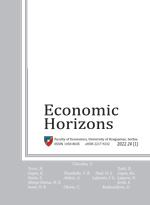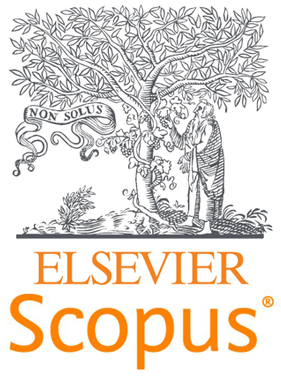MEASUREMENT OF BANKS’ ECONOMIC EFFICIENCY UNDER CONDITIONS OF IMPERFECT COMPETITION
Jacek Barburski
Faculty of Management, Cracow University of Economics, Cracow, Poland
One of the modes of the measurement of banks’ and their branches’ economic efficiency is constituted by an econometric approach based on stochastic frontier functions. In this approach, the following three basic goal functions can be considered: the cost, revenue and profit functions. This paper aims to present alternative (relative to the standard formula) concepts of the measurement of revenue and profit efficiency constituting an important assessment criterion of banks’ operations. The paper also presents the results of the empirical studies of revenue and profit efficiency, as exemplified by the selected commercial bank. The theoretical part of the paper proceeds from an introduction to present the premises of an alternative efficiency assessment, then the formulas of the frontier functions of revenue and a profit. These are formulas that can exclusively be used under the conditions of imperfect competition between banks. The empirical part focuses on the application of the above models to assess the efficiency of a Polish bank’s branches. The calculations returned the indicators of revenue and profit efficiency and the rankings of the studied sample of branches in three different quarters. Due to the use of an excessively simple assessment method (Corrected Least Squares Method), the efficiency indicators obtained are understated and not accurate enough to lend themselves to further analysis. On the other hand, the rankings prepared on its basis are reliable and can be used for further assessments and comparisons, which should be considered as a meaningful research benefit.
Keywords: measurement of bank’ efficiency, economic efficiency, alternative revenue efficiency, alternative profit efficiency, stochastic frontier models
JEL Classification: C01, C61, D24, G21
Economic Horizons, 2013, Vol. 15, No 1, pp. 5-17. doi:10.5937/ekonhor1301003B




